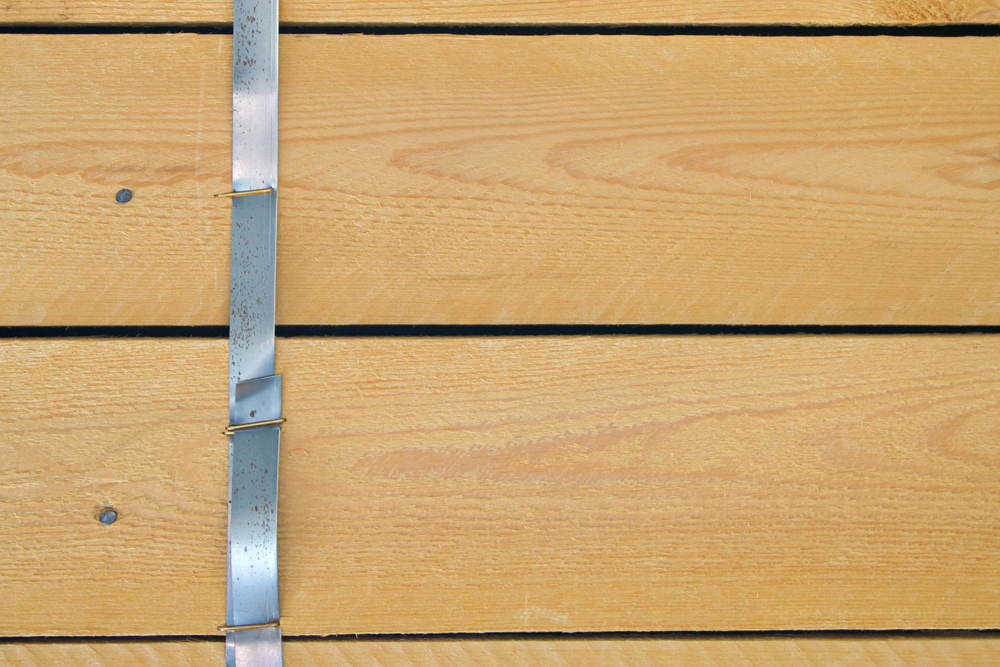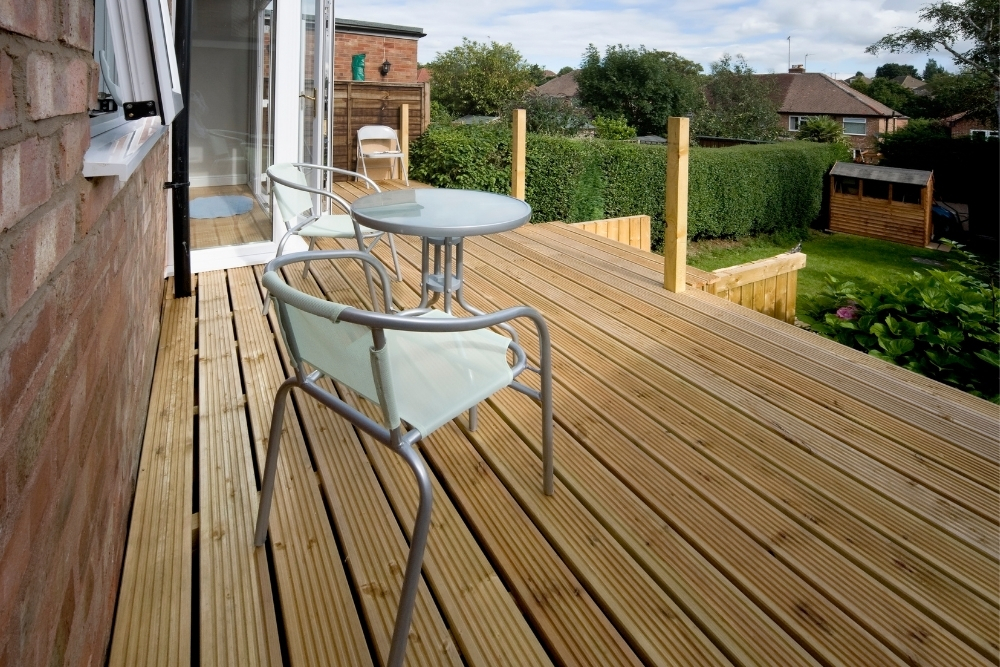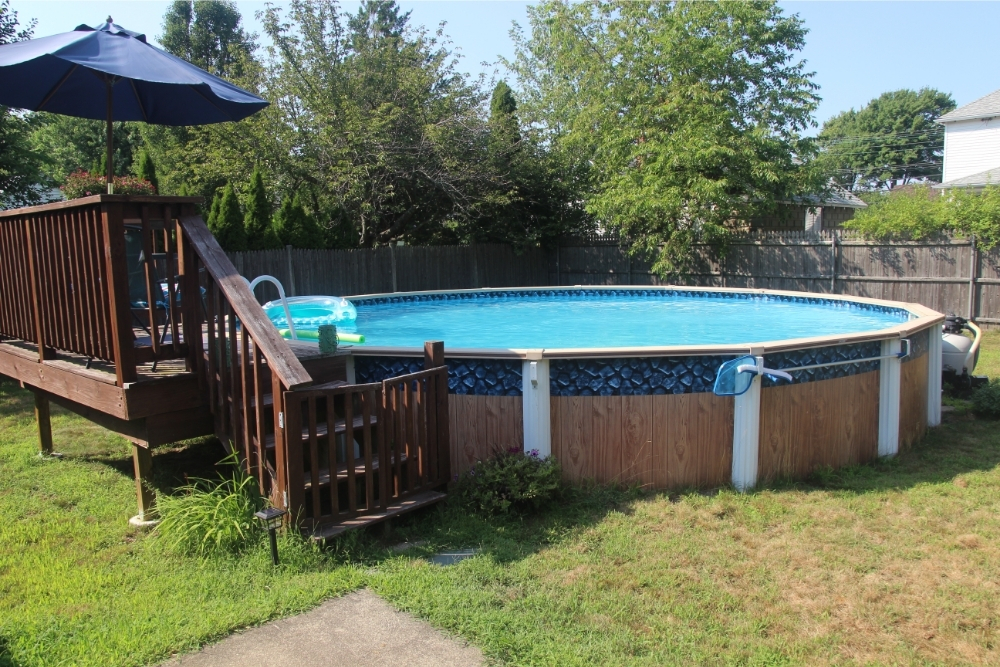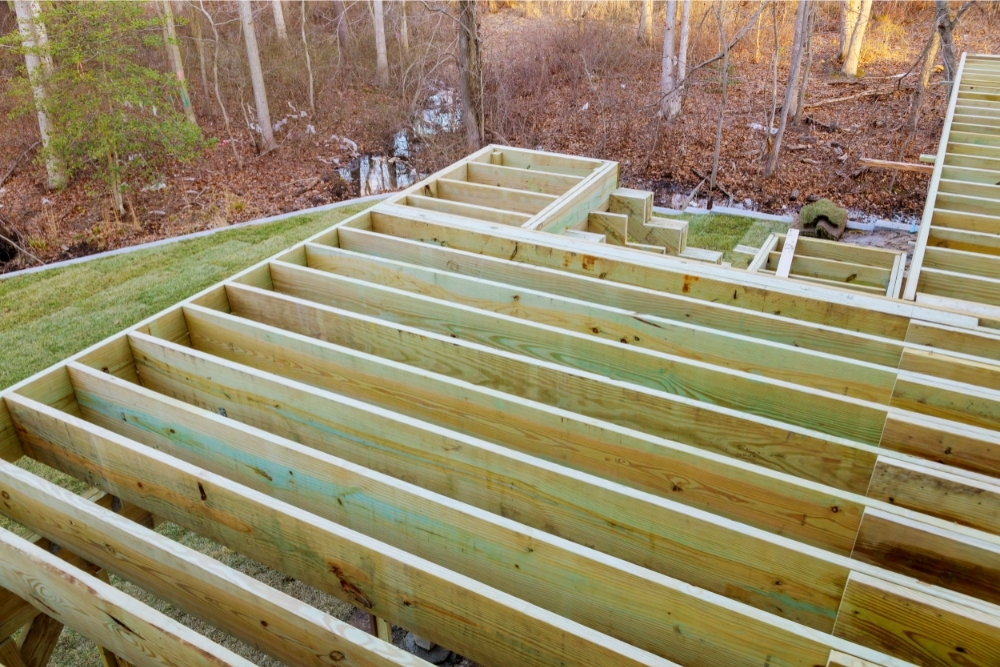Whether you’ve already got a deck space or you want to create one, a deck is essentially an extension of your indoor living space, so it only makes sense that it should be safe and stable for all of your outdoor activities – regardless of whether you’re hosting a dinner or catching some afternoon sun. But of course, you need to make sure the decking is installed correctly; avoiding danger and hefty repair costs. So if you want to add a deck to your garden landscape you’ll have to consider this question: do I need to add blocking between deck joists?
Deck joist blocking is using pieces of joist material in a staggered formation directly from the joist to connect the gap between each joist. Professionals recommend blocking between deck joists to avoid any rotation of the materials, but the joints must all be consistent sizes. Blocking will aid the stability and longevity of the decking.
Besides making sure that the deck boards are being installed properly according to the direction of the joists, you should also consider deck joist blocking between each deck that you lay down – and believe it or not, it’s a lot easier to do than it sounds! We’re going to talk about everything that you need to know about blocking between deck joists, including what it is, why it’s needed, as well as how much spacing will be required between them. So, whenever you’re ready, just read on.

What is deck joist blocking?
To break it down, desk joist blocking is an installation method that consists of utilizing pieces of wood cut from joist material and then installed in a perpendicular (or staggered) direction directly from the joist in order to connect the gap between each joist.
In addition to this, the blocks are usually made to be consistent in length, which helps to ensure that the overall structure of the decking is stable.
As a general rule of thumb, the deck joist blocks are usually made to be 14 and ½ inches for joists that are spaced at 16-inch centers, 10 and ½ inches for joists that are spaced at 12-inch centers, and then 22 and ½ inches for joists that have been spaced at 24-inch centers.
To follow, deck joist blocking needs to meet the building code requirements, which consist of blocking the open end between the hoists in order to prevent any rotation.
In addition to this, if the joists have been positioned to be anything greater than 2×12 inches in dimension, then the blocks have to be present and placed at a length of no more than 8 feet.
Nevertheless, it is generally recommended to block between every 4 to 6 feet in order to unify the overall frame and improve the structural integrity of the decking.
According to the official International Building Code (Section 502.7), deck joists are required to be blocked with at least a 2-by material that is the same depth as the joists in order to ensure proper prevention of any rotation.
Plus, in order to complete the blocking, a rim joist (or another type of band) is deemed as being acceptable to end blocking, although a header is also seen as being an appropriate alternative.
Do deck joists need blocking?
Though not all DIY’ers may block their deck joists, all professionally installed decking is required under the IRC to, at the very least, make sure that blocking between the joists is present at the open points of the joists in order to prevent any rotation.
Alternatively, if the joists are positioned at a greater distance than 2×12 feet, then deck joist blocking will also need to be installed at every 8 feet point.
More often than not, all deck joists are most commonly installed at the bottom to mid sections of the decking frame in order to ensure that both the beams and deck boards on top are supported.
For this reason, many people who install their own decks in this way do not feel the need to block, as the positioning of the deck joists is deemed to be the equivalent to blocking and, in turn, able to prevent any rotation.
Nevertheless, it is generally accepted that blocking should be used when installing deck joists to help ensure the stability of the decking, as well as to increase the overall longevity of the decking, too.
What are the spacing requirements for deck joist blocking?
Besides the basic spacing requirements that we’ve already discussed above, it is worth pointing out that if you are planning to install your own decking, then you will need to make sure that you are double checking what the local codes are in your area, as different regions tend to have their own set requirements and regulations for properly installing decking – regardless of whether you are planning on doing the decking job yourself or hiring a professional to do it for you.
It is highly important to take the time to figure out what the rules and regulations are in your local area, as inspectors will often keep an eye out for these when doing annual inspections, and you don’t want to get caught out if you haven’t followed them.
To follow, alongside making sure that the ends of the joists are blocked and that additional blocking is used for joists larger than 2×12 feet, most builders will also opt to add deck blocks between all deck dimensions at mid-beam spans in order to reduce the chances of any bounciness when weight is placed on top of the deck beams.
To sum that up, if you’re planning on undertaking a decking project by yourself and are ever unsure of what the correct spacing requirements are for your deck joist blocking, then at the very least you should be making sure that you are blocking the ends, as well as making sure to add blocks at every 8-foot point if you have joists that are larger than 2×12 feet.
You can also add more deck joist blocks if you want to prevent the chances of any bouncing or unstableness – but this is entirely up to you.








